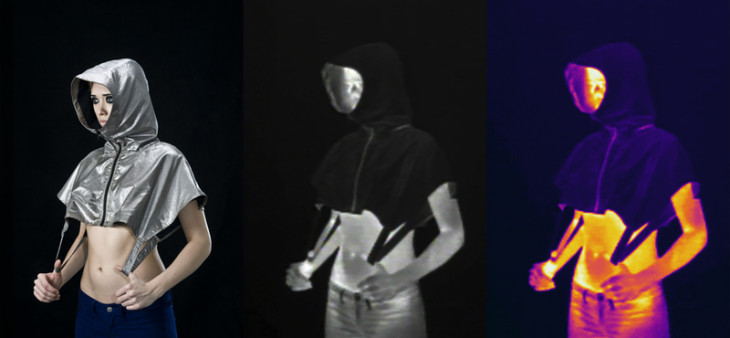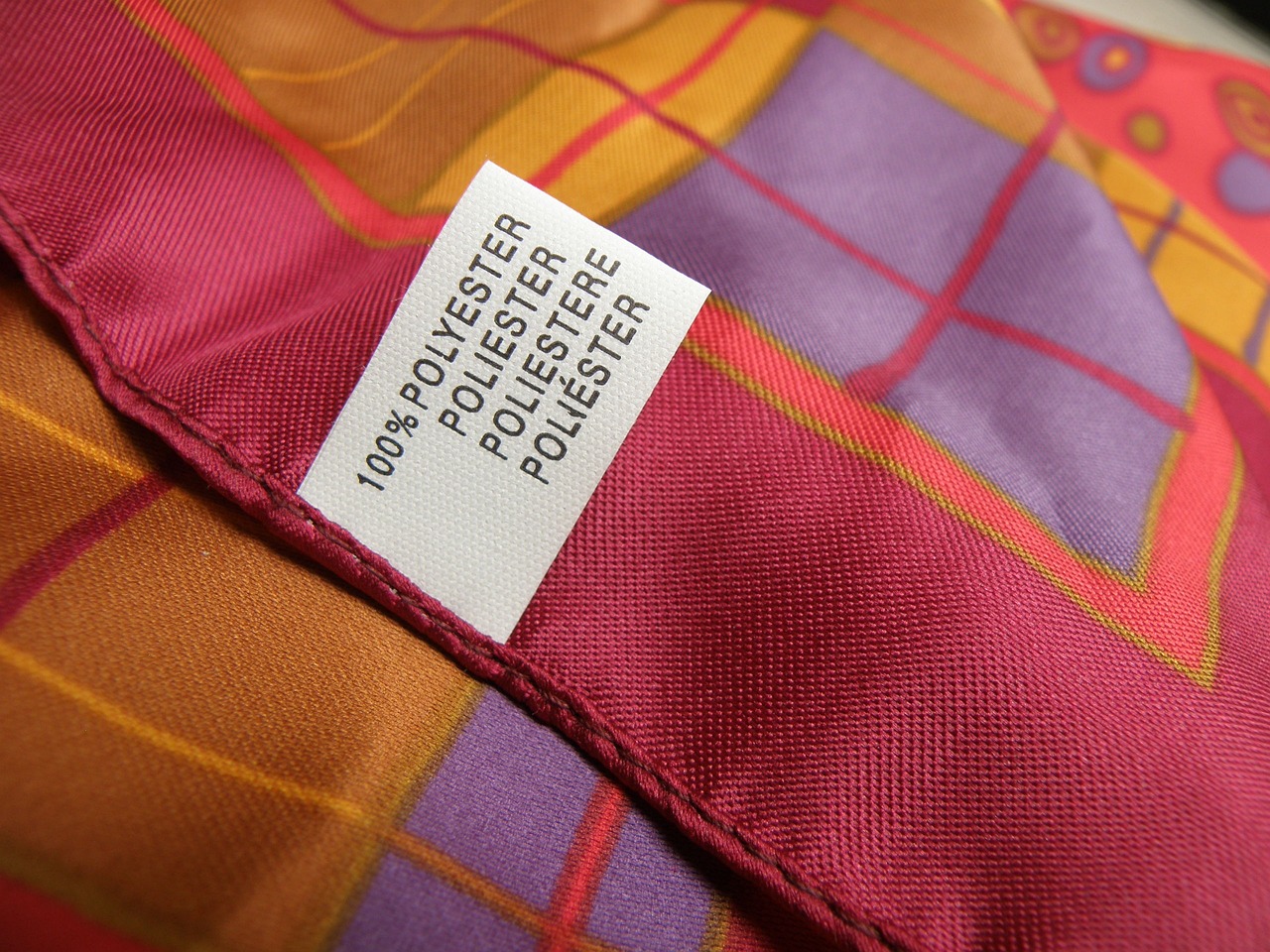With every purchase made and website searched, someone somewhere is collecting the info and creating an algorithm to “define” us on some level. And, just as enthusiastically, privacy advocates work to develop techniques of encryption and deception to counterbalance the snoop industry.
That’s the goal of a collaborative effort between Hyphen-Labs and deception technologist/artist, Adam Harvey. Together, they unveiled a “counter-surveillance fashions” art installation, called NeuroSpeculative AfroFeminism, at Sundance and Austin’s South By Southwest Film Festivals.
According to their website, “Hyphen-Labs is an international team of women of color working at the intersection of technology, art, science, and the future. Through our global vision and unique perspectives we are driven to create meaningful and engaging ways to explore emotional, human-centered and speculative design. In the process we challenge conventions and stimulate conversations, placing collective needs and experiences at the center of evolving narratives.” These “neurospeculative scientists/artists” hail from such fields as engineering, architecture, computer coding and gaming….
Adam Harvey’s fame of note is his “CV Dazzle” project using hairstyles and makeup, some too bizarre to imagine actually donning, to trick software. Now Hyperface aims to confound facial recognition technology with pixelated fabrics.
Don’t be too quick to judge this effort as the work of paranoid conspiracy theorists who think they’re being watched at every turn. Welcome to the new world, skeptic! Think about this: Georgetown Law’s Center on Privacy and Technology recently discovered that about half of adult Americans are logged in a criminal face recognition database, and may have ended up there simply by having a photo taken for a driver’s license or passport. Remember when we heard that Microsoft was even manipulating content to analyze the emotions of the computer user. And, Facebook has your features to go along with your contacts, preferences, and locations visited. No wonder Bill Gates says he puts a piece of tape over the computer camera. Me too!
The idea is to create scarves and clothing that have pixels arranged in such a way as to resemble faces. The concept is a bit different than the typical attempts at thwarting facial recognition. Unlike the efforts to confuse data points of recognition, Hyperface confuses the software by providing so many possible pixelated “faces” that the algorithm gets too much of a good thing, creating false positives. It offers a nearby false face to provide a higher confidence score for the algorithm than the true face.
The pink and purple hyperscarf prototype just presented is dotted with 1,200 pixelated faces. Using 47 data points touted by researchers as providing demographics, displaying emotions, or predicting criminal behavior, Harvey aims to thwart “Minority Report” style surveillance with covert designs.
Now that the prototype has been introduced, the Hyperface textiles production roll-out is scheduled for August 2017.
Between Harvey’s pixelated textiles and Hyphen-Labs’ covert accessories, such as the “door knocker” earrings complete with camera and microphone for recording unpleasant encounters, it’s game on to see just who is spying on whom.







